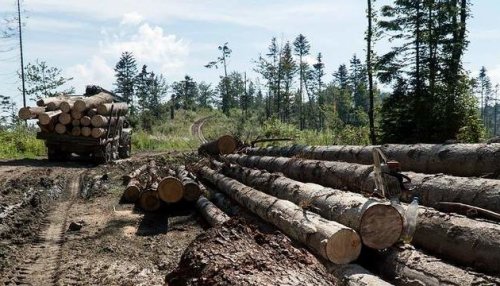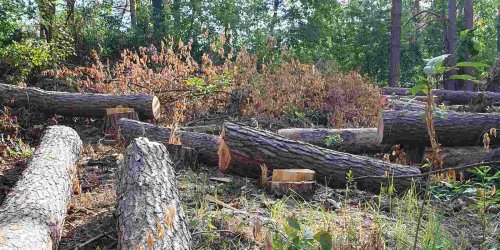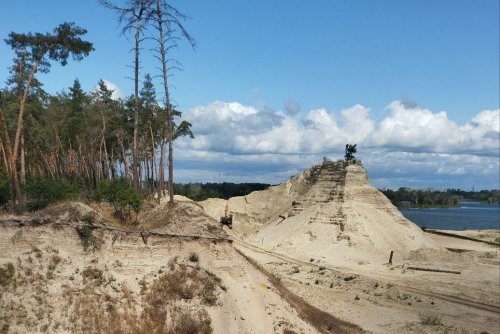Two areas of untouched steppe located in the Glodoska and Velykoandrusivska communities will be designated as botanical nature reserves called "Zaozéria" and "Nahirni Kvity." This was requested by eco-activists from the Kyiv Ecological and Cultural Center in order to protect the wildlife in these areas from human interference.
According to the KECC, local village councils have agreed to grant the areas the status of natural monuments of local importance.
What makes the new monuments interesting
Both areas are grassy ecosystems that have not yet been damaged by human activity. "Zaozéria" will cover an area of 14.8 hectares, and "Nahirni Kvity" will cover 39.6 hectares. Activists emphasize that this is not just virgin land, but a remnant of the Ukrainian part of the Great Steppe.
The value of these sites lies not only in the integrity of their ecosystems. Rare plants listed in the Red Book grow here. These include hairy feather grass, Lessing's feather grass, and bugleweed in Zaozersya, and rough-flowered astragalus in Nahirni Kvity.
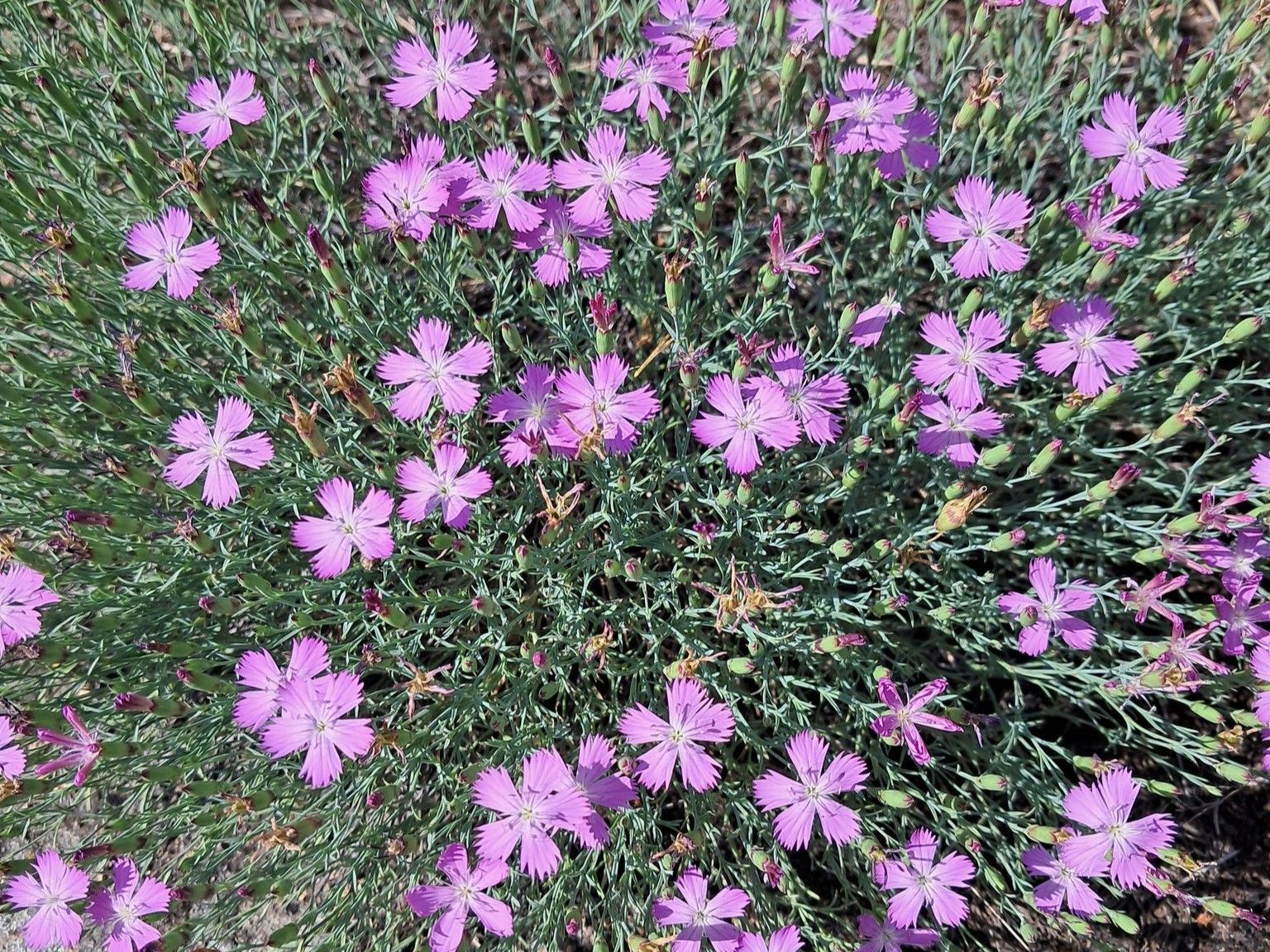
Photo: Southern carnation. Source: facebook.com/kekz.ua
Such territories must be protected by law. This refers to the EU Habitats Directive and Resolution 4 of the Bern Convention.
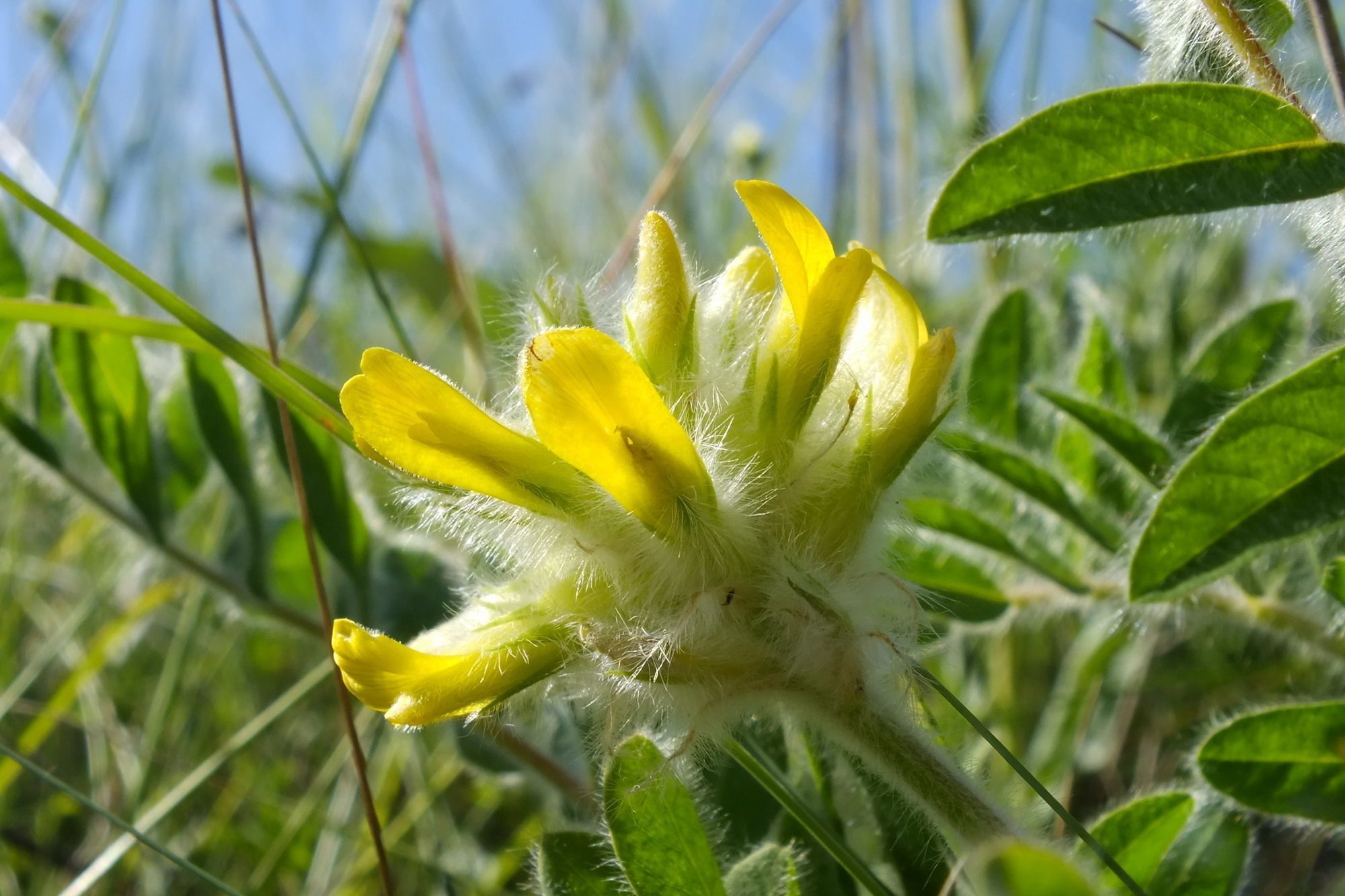
Photo: Astragalus dasyanthus. Source: facebook.com/kekz.ua
The wild steppe is an important absorber of greenhouse gases. EcoPolitics explained how this works using the example of the Tarutino steppe in the Danube delta.
However, some areas of the steppe are being destroyed with "good intentions." For example, in the Chernihiv region, 5 hectares of steppe were planted with trees to create a forest.


